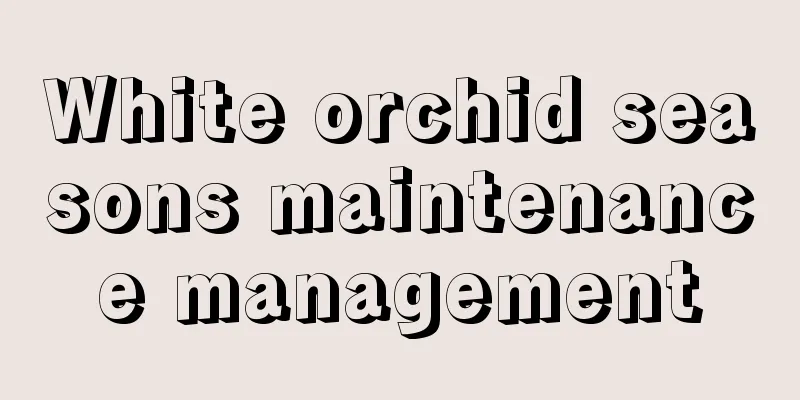Pests and control methods of jade dew

Common pests of jade plant: scale insectsScale insects have a wide range of damage, often affecting succulents such as Agave and Agave with compactly arranged leaves. They suck the sap from the stems and leaves, causing the plants to grow poorly and, in severe cases, wither and die. Its peak period is earlier than that of red spider mites, and it often reproduces in large numbers in early spring. However, its damage is also easy to control. That is, it is often concentrated in only a few plants. Sometimes one plant is full of scale insects, while the neighboring plant has none. Prevention and treatment methodsWhen the number is small, you can use a brush or soft cloth to remove it. When the number is large, you can also use 800-1000 times diluted Supusha to spray. Mixing a certain amount of furadan into the culture soil has a preventive effect, but the efficacy is only three months. The body of scale insects is covered with a layer of keratinous shell, so it is difficult to be effective if you spray it directly with drugs. It sucks the sap of plants like a louse that sucks human blood, causing great harm to the leaves of the jade plant. After scale insects appear, if you are unable to buy medicine in time, you can also gently wipe the leaves with alcohol to effectively remove them. Common pests of jade plant: root mealybugIf the roots of the jade plant are damaged by insects covered with waxy substances and white wax powder, you should be careful. This is a living root mealybug, which can cause the growth of jade plant to be weak, the leaves to turn yellow, and even the whole plant to die. Prevention and treatment methodsWhen purchasing, introducing, transporting, or giving away jade plants as gifts, careful inspections must be carried out to prevent the introduction of insects to prevent their spread. Choose the most suitable potting medium and disinfect it scientifically. For example, composting soil and other organic matter must be fully fermented and sterilized at high temperature or with chemicals to kill insect eggs or reproductive mothers. During the peak hatching period of nymphs, spray or root irrigate with 1000 to 1500 times dilution of 40% Suposu EC or 700 to 800 times dilution of 25% Aikas EC. |
<<: Pests and control methods of the falling flower dance
>>: Planetary pests and diseases and their control methods
Recommend
How to grow red-backed osmanthus
1. Maintenance methods 1. Temperature: The cold r...
Cultivation methods and precautions of white chrysanthemum
How to grow white chrysanthemum temperature The s...
How to transplant and prune the roots of the succulent plant
The time for root pruning should be appropriate W...
How to keep seeds of Nepeta and how to plant them
How to save seeds of Nepeta When planting, select...
What are the effects and functions of okra?
1. Lowering blood lipids Okra contains a lot of d...
Why are aloe leaves turning yellow?
1. What happened? 1. Because the plant prefers to...
How much is the yield of water spinach per mu? What is the investment cost and profit of water spinach per mu?
Yield per mu of water spinach Under good planting...
Can I grow an apricot tree at home?
Can I grow an apricot tree at home? It is possibl...
How to grow agave in winter
1. Suitable temperature The most suitable range i...
How to grow succulents in early summer
May in late spring and early summer is very suita...
How many days does it take for wheat to sprout?
Wheat is an important food crop with the advantag...
What fertilizer should be used to make peaches big and sweet?
Peaches are a kind of fruit that many friends lov...
How to Overwinter Peonies
1. Indoor insulation If you want the peony to sur...
How to raise the newly bought Ji Qiuli
1. How to cultivate the newly bought Ji Qiuli Ji ...
What vegetables are best to grow in spring?
It is spring now. The temperature in many places ...









